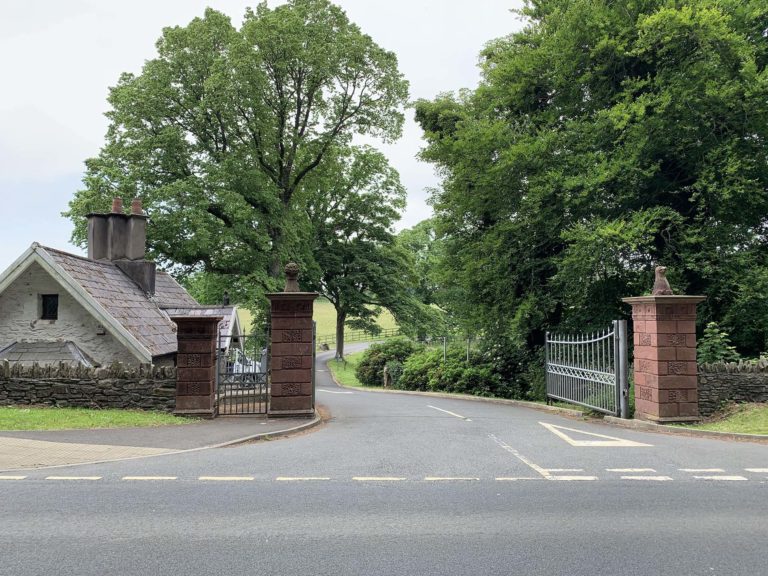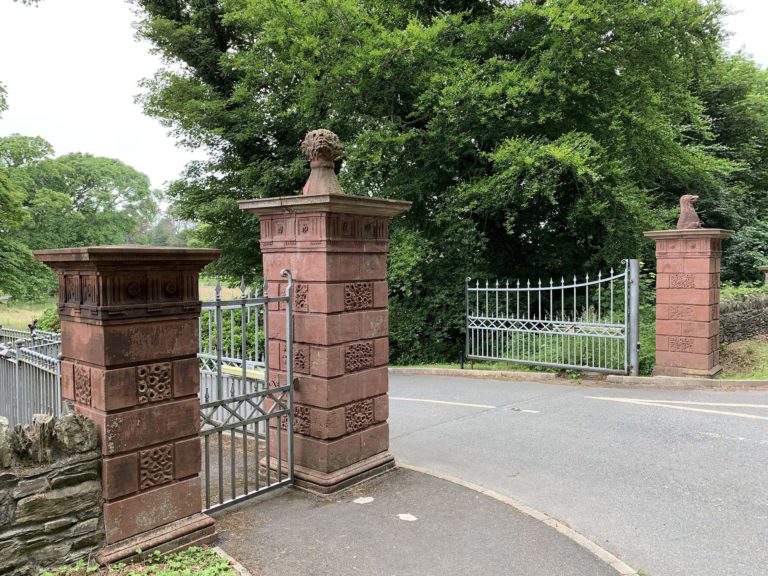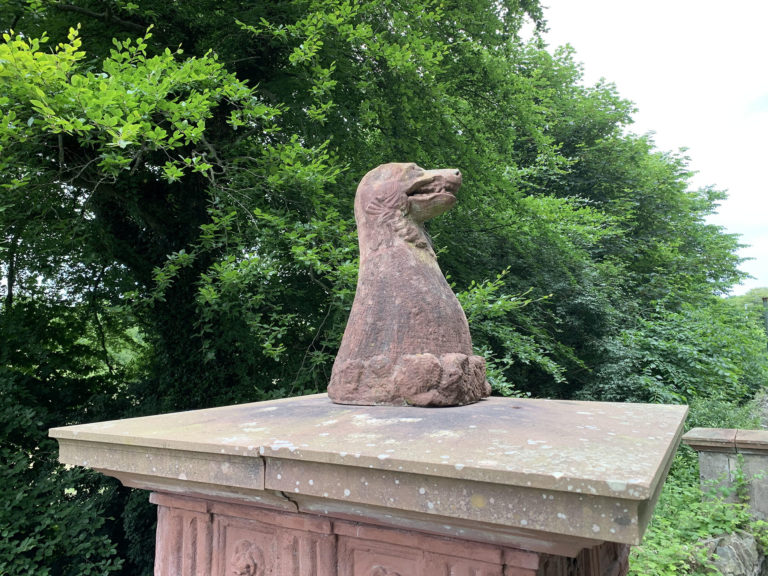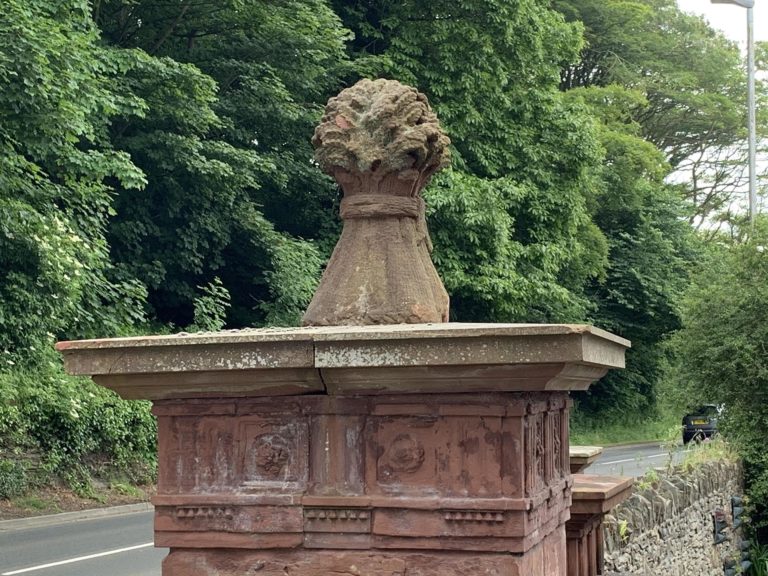An ancient estate, restored to its previous grandeur, The Nunnery is one of the Island’s most historic establishments. The history of The Nunnery is shrouded in mystery.
The legendary date for the founding of The Nunnery is the 6th Century. It was allegedly founded by St Bridget of Kildare, who became the first Abbess.
HISTORIC TIMELINE
FOUNDING OF THE NUNNERY
PRESENT DAY
USE ABOVE SCROLLING BAR TO LEARN MORE ABOUT THE HISTORY
HISTORIC PLACES OF INTEREST
Mansion House
The present Nunnery Estate comprises of a distinguished Mansion House which sits in the heart of the estate set within formal gardens surrounded by a designed ‘parkland’ landscape. The current Mansion House was originally built in 1823 and has had many additions over the centuries. The interior contains some exceptional joinery-work, plaster work and fire surrounds – all comparatively rare in the Manx context.
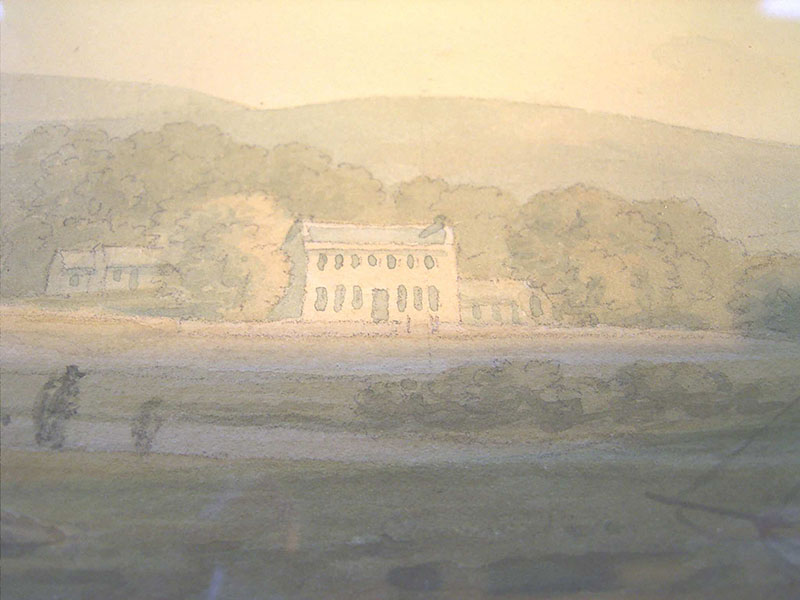
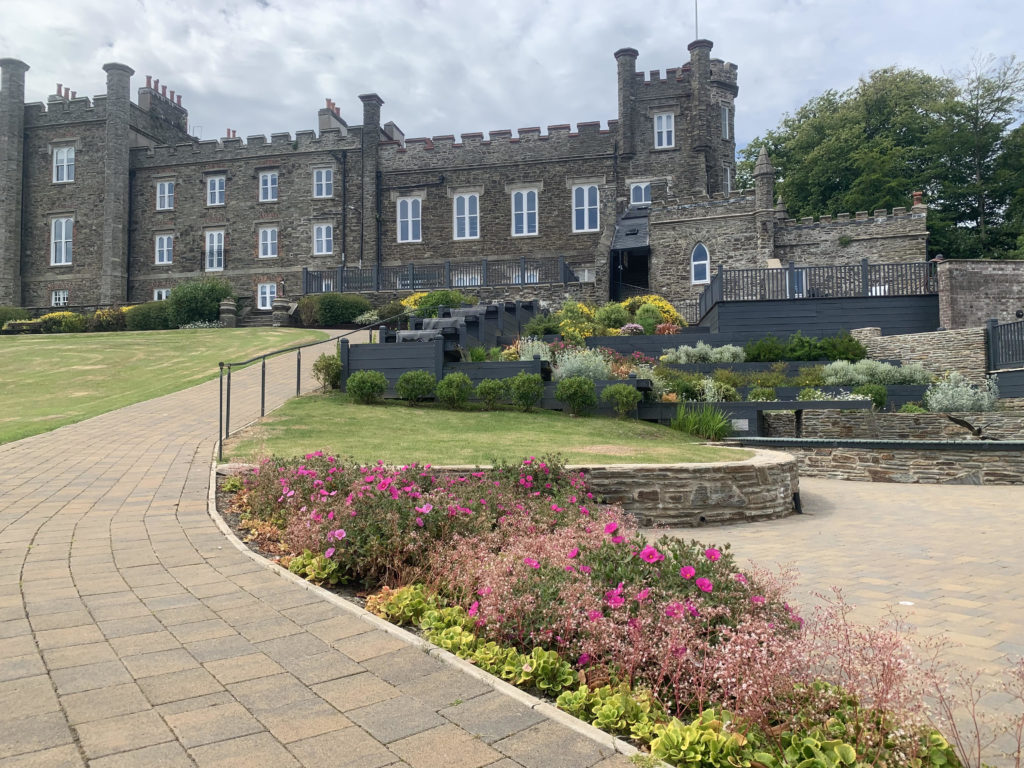
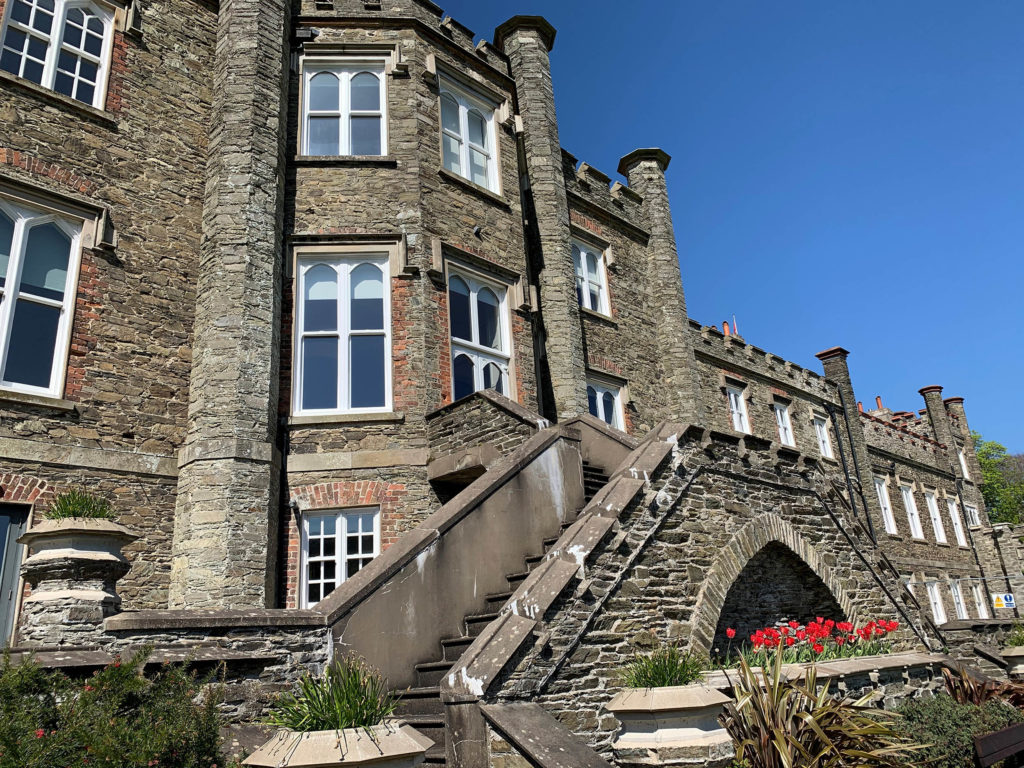
Chapel of St Bridget
The Chapel’s history remains sketchy and contains fragments of historic fabric dating back to the 12th or 13th Century. It is now the only existing remains of the original establishment, dating from these bygone years.
The Chapel was reopened for worship in the late 19th Century. Until 1998 it was still regularly served by St Matthews, but the then owner, Ferguson-Lacey stopped the Anglo-Catholic services, and the Chapel was deconsecrated and allowed to decline. Along with Rushen Abbey, the Chapel has great Manx historic interest. Today the Chapel remains intact as it was at that time and can be used for a multitude of events.
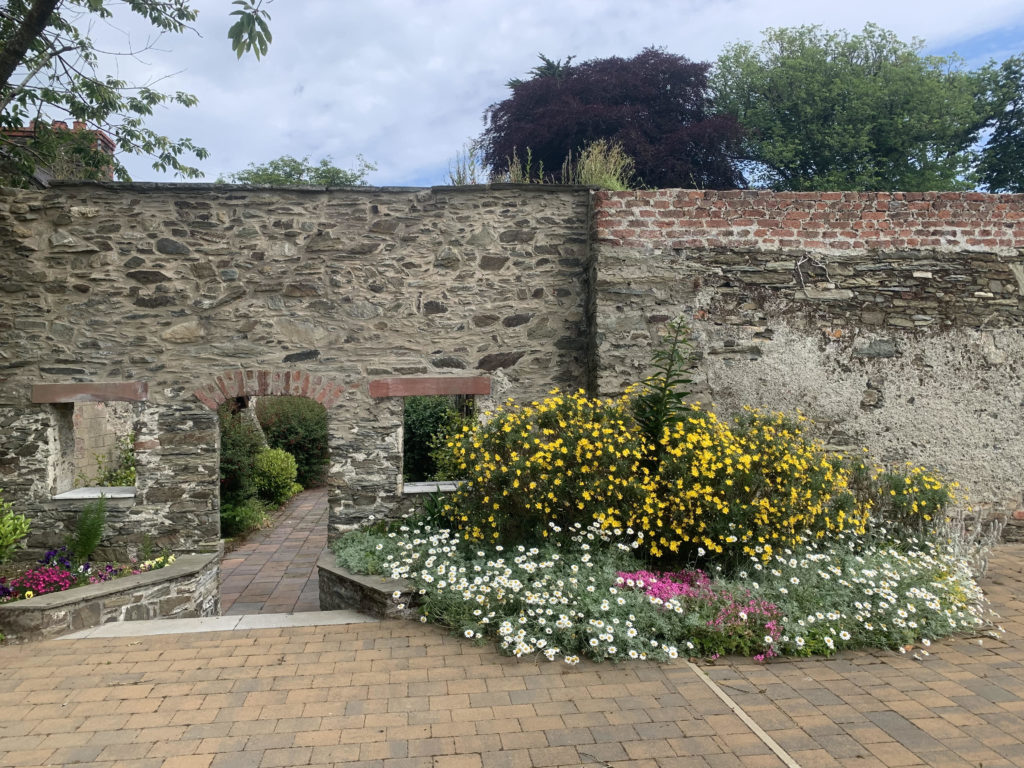

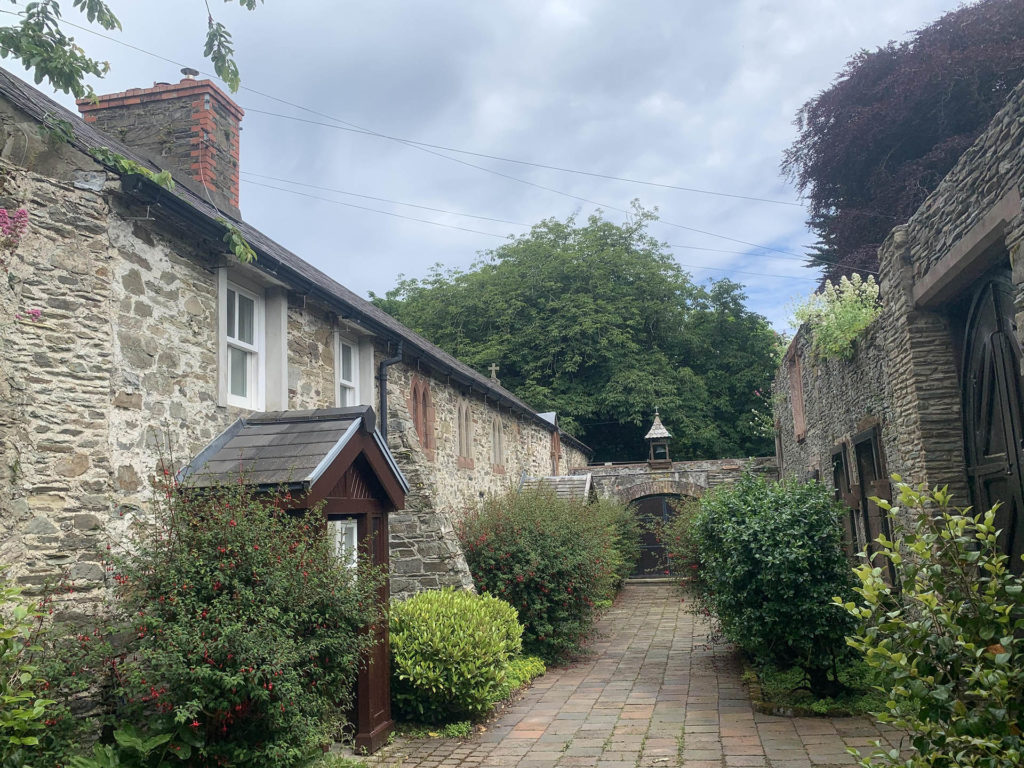
Stables Building
This building is a two-storey building arranged around a courtyard and contains significant red Peel sandstone details. Today the building caters to small businesses in terms of office space .
Stable Yard
The yard, enclosing wall and cluster of small buildings, date back to the Goldie-Traubman period. The buildings have been refurbished and are home to four different businesses.
East Gate & Lodge
The Gothic Revival architecture treatment adds drama to the gateway and lodge in anticipation of what is beyond the entrance. It is the best example on the Isle of Man of a substantial gatehouse which enhances the approach to a significant house.
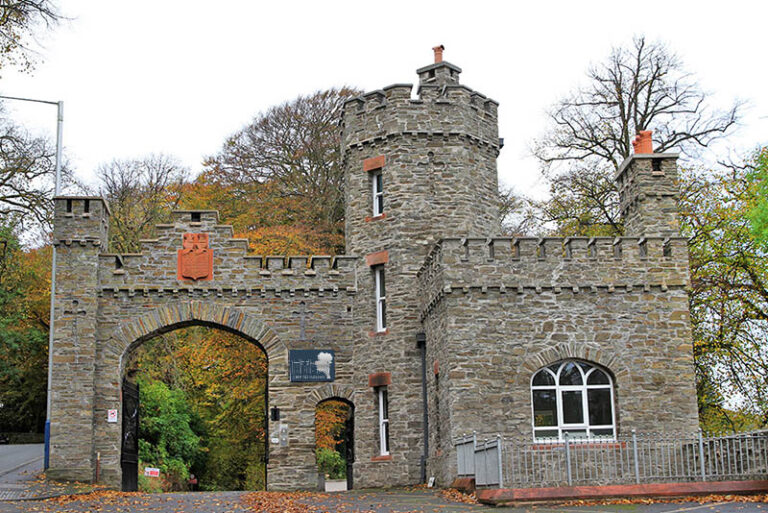
West Gate & Lodge
The West Lodge dates to 1833. The red sandstone gate posts at the west entrance are distinctive in a Manx context and were demolished in a traffic accident and restored and reinstated in 2010. They have features from the Traubman coat of arms and are one of the finest sets of gate posts in the Isle of Man. Today the Gate House is occupied as an office.
St Bridget’s Well
Water was taken from the sacred well for baptismal purposes in connection with the parish church and St Bridget’s Chapel. The well was restored in 1910, but since this time the well has suffered greatly through both lack of use and storm damage when a tree fell on it in 2007.
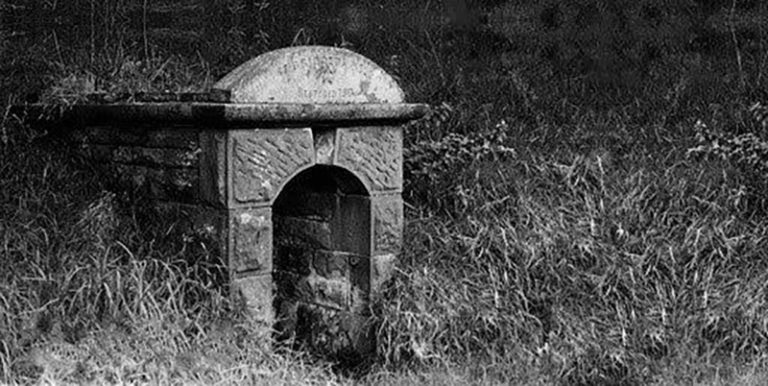
Inkerman Memorial
This memorial is an important Manx War Memorial. The cannon captured by the Russians, is mounted on the original surviving plinth. Most of the Manx memorials are dedicated to events or groups of men, but this memorial is dedicated to a significant individual. It is included in the UK National Inventory of War Memorials, held by the Imperial War Museum, London.


